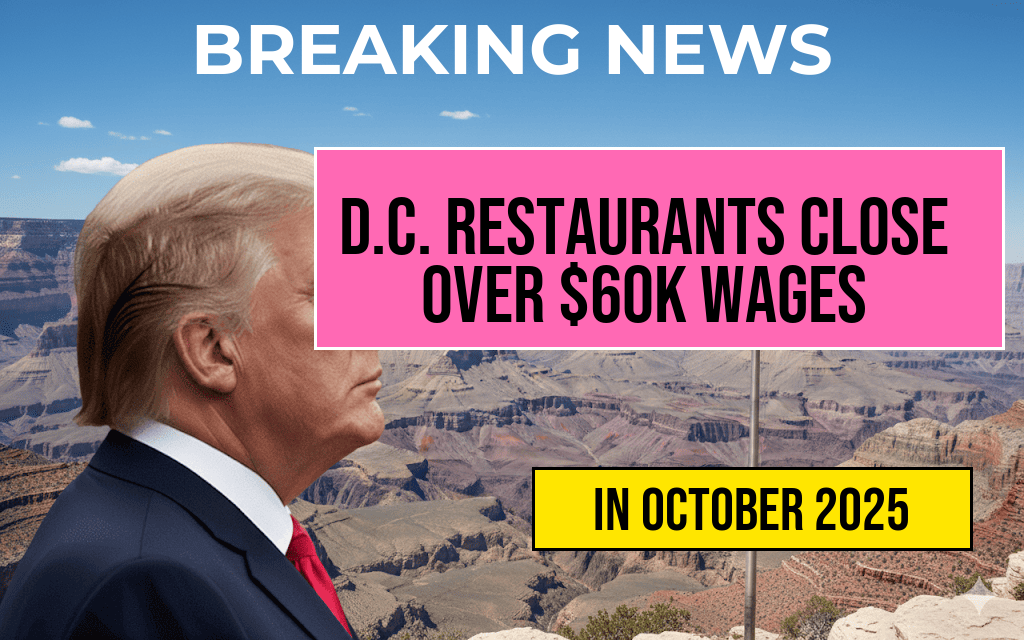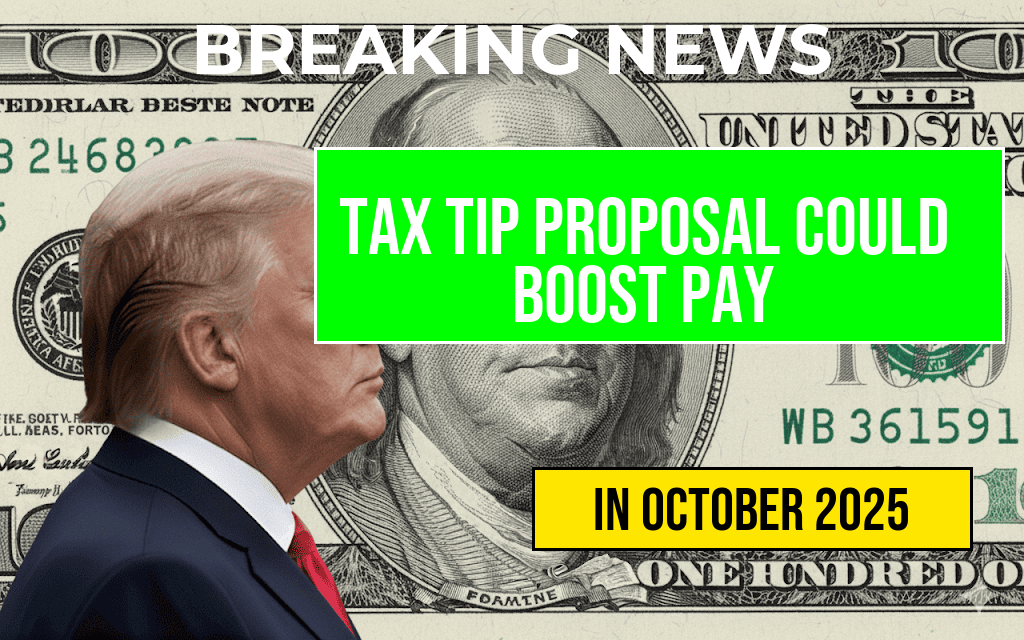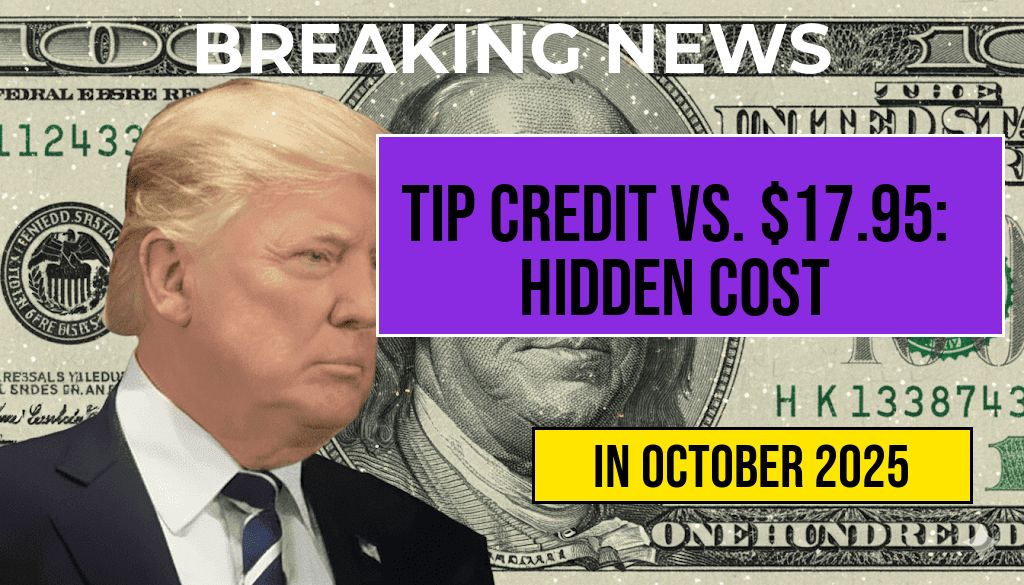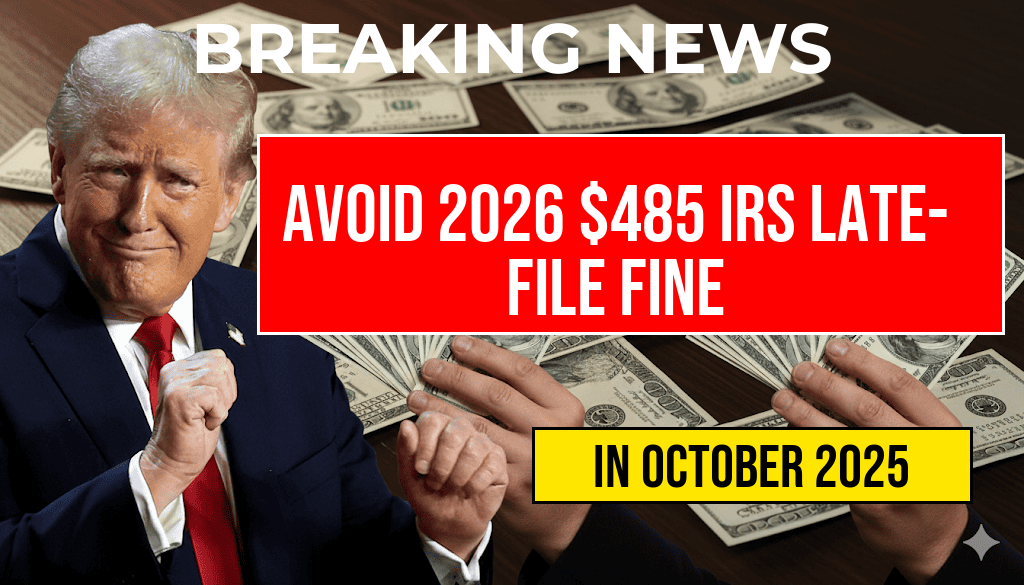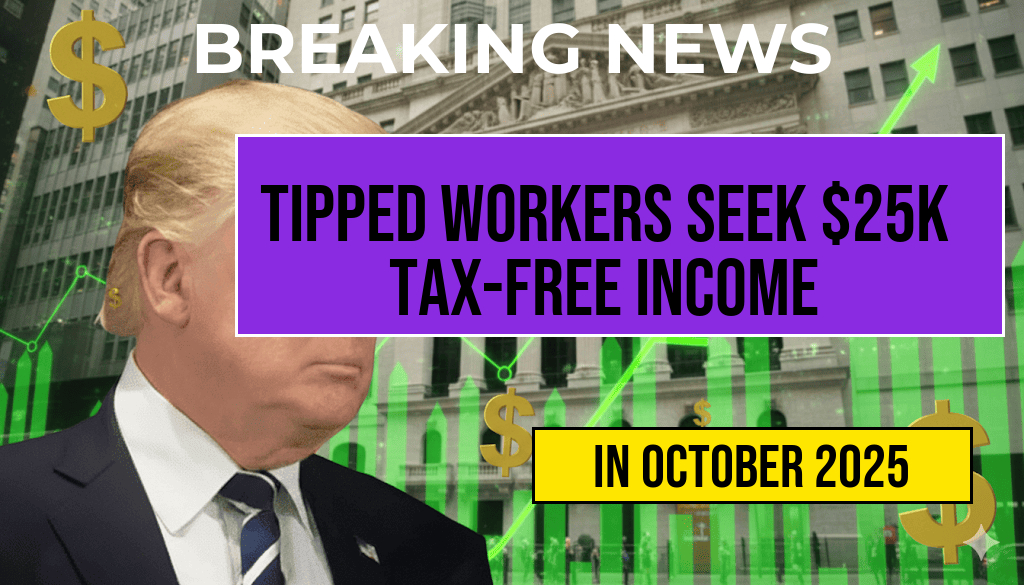Employers in Washington, D.C., are navigating a complex financial landscape driven by recent minimum wage adjustments and the intricacies of tip credits. With the city’s minimum wage rising to $17.95 per hour, businesses must reconcile this increase against existing tip credit policies that allow them to count tips toward employee wages. This confluence creates a “zero difference” scenario where employers are compelled to cover the gap between the mandated wage and the combined total of tips and the tip credit, effectively increasing their labor costs. This hidden expense is often overlooked in financial planning but has tangible impacts on operating budgets, especially for hospitality venues and service providers heavily reliant on tipping. Understanding the nuance between **tip credit** and the new wage floor is essential for employers aiming to maintain compliance while managing profitability. The following analysis explores how this shift influences employer obligations and the broader economic implications for D.C.’s labor market.
The Rise of the $17.95 Minimum Wage and Its Implications
Washington, D.C., has steadily increased its minimum wage over recent years, with the latest hike bringing it to $17.95 per hour. This change aligns with the city’s commitment to ensuring fair wages amid a booming local economy. However, for industries where tipping constitutes a significant portion of employee compensation, this increase complicates wage calculations. Employers often rely on the tip credit system, allowing them to count a portion of tips toward meeting minimum wage requirements. Yet, when the mandated wage surpasses the combined value of tips and the tip credit, employers must bridge the gap with additional direct pay.
Understanding Tip Credit Policies in D.C.
The **tip credit** system permits employers to reduce their minimum wage obligations by the amount of tips their employees typically earn. Under D.C.’s current regulations, employers can credit up to a specified limit—generally $5.00 per hour—toward the minimum wage for tipped employees. This practice incentivizes workers to earn tips, which supplement their base pay, ideally reaching or exceeding the minimum wage threshold.
- Standard tip credit limit: $5.00 per hour
- Minimum wage requirement: $17.95 per hour
- Typical base wage for tipped employees: Around $12.95 per hour before tips
Employers are responsible for ensuring the combined total of base wage plus tips meets or exceeds the legal minimum wage. When tips fall short, the employer must make up the difference, effectively covering the “zero difference” scenario.
The Hidden Cost: Bridging the Wage Gap
Calculating the Additional Employer Burden
As the minimum wage increases, the margin for using tip credits shrinks, and employers may find themselves paying more out of pocket. For example, if an employee’s average tips amount to $5.00 per hour, and the tip credit is $5.00, the employer’s base wage is reduced accordingly. But with the new $17.95 minimum wage, the total compensation must match or exceed that figure. Here’s how the calculation works:
| Component | Amount |
|---|---|
| Minimum wage requirement | $17.95 |
| Tip credit used | $5.00 |
| Required base wage paid by employer | $12.95 |
| Average tips earned | $5.00 |
| Total compensation (base + tips) | $17.95 |
In this scenario, if tips fall below $5.00 per hour, employers must compensate the shortfall, increasing labor costs. This additional expense is often absorbed as a hidden cost, impacting profit margins or leading to adjustments in staffing and pricing strategies.
Economic and Operational Impact
For hospitality businesses, particularly restaurants and bars, this wage adjustment triggers several operational responses:
- Increased labor costs: Elevated wages directly impact payroll expenses, squeezing profit margins.
- Pricing adjustments: Some establishments may raise menu prices to offset higher wages, which could affect competitiveness.
- Staffing and scheduling: Employers might reduce hours or alter staffing models to control costs.
- Recruitment challenges: Higher wages may attract more applicants, but also elevate the overall cost structure for employers.
Additionally, this wage increase influences the local economy by potentially boosting workers’ disposable income, but also raises questions about affordability and sustainability for small businesses.
Broader Policy and Legal Context
Washington, D.C., has long positioned itself as a leader in establishing progressive labor standards, with policies emphasizing fair pay and worker protections. The recent minimum wage hike reflects this ethos, but also presents challenges for employers trying to balance compliance with financial viability. The interplay between **tip credit** policies and wage mandates is a subject of ongoing debate, with some advocating for reform to reduce the financial burden on small businesses while maintaining worker income levels. For more on the legal framework surrounding tipped wages, see Wikipedia’s entry on tipped minimum wage.
Key Takeaways for Employers
- Carefully monitor tip earnings and wage calculations to ensure compliance with D.C. regulations.
- Factor in the “hidden” costs associated with bridging the wage gap into financial planning.
- Consider adjusting staffing models or pricing strategies to offset increased labor expenses.
- Stay informed about legislative changes that could further impact wage and tip policies.
As D.C. continues to evolve its minimum wage standards, understanding the delicate balance between tip credits and mandated wages becomes crucial for employers committed to operating within legal boundaries while maintaining profitability. Navigating this landscape requires careful financial analysis and strategic planning to avoid unexpected costs and sustain competitive service standards.
Frequently Asked Questions
What is the tip credit in Washington D.C.?
The tip credit allows employers to count a portion of employee tips toward meeting the minimum wage requirements, effectively reducing the amount they need to pay directly to servers and other tipped employees.
How does the $17.95 figure relate to employer costs?
The $17.95 represents the hidden cost that employers in D.C. must cover to bridge the zero difference between the minimum wage and the effective wage after tip credits, ensuring employees earn a fair minimum wage.
Why do employers need to be aware of the hidden costs associated with tip credits?
Employers need to understand these hidden costs to accurately budget for labor expenses and comply with local wage laws, preventing potential legal issues and ensuring fair pay for employees.
What are the potential consequences for employers who fail to cover these costs?
Failing to account for the hidden costs can lead to non-compliance with wage laws, potential penalties, and damage to employee morale and reputation.
How can employers effectively manage tip credit and costs to ensure fair wages?
Employers should regularly review wage laws, accurately calculate tip credits, and allocate sufficient funds to cover the costs like the $17.95 to maintain compliance and ensure employees receive fair compensation.

